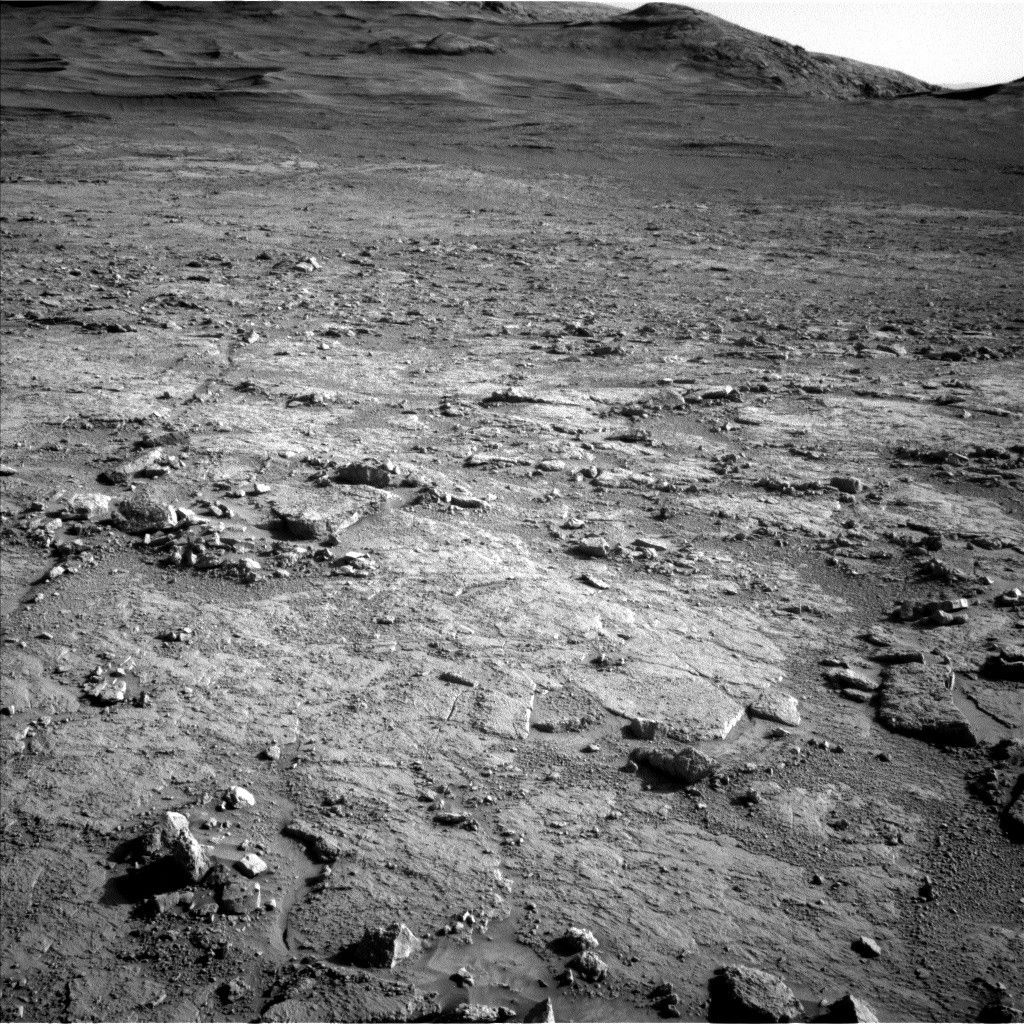- Perseverance Home
- Science
- News and Features
- Multimedia
- Mars Missions
- Mars Home
2 min read
Recent detections of clay-bearing bedrock on Jezero's crater rim have the Perseverance Science Team excited and eager to sample.

Written by Alex Jones, Ph.D. candidate at Imperial College London
Since finishing its exploration of spherule-rich stratigraphy at Witch Hazel Hill, Perseverance has been exploring the Krokodillen plateau, a relatively low-lying terrain on the outer slopes of the crater rim. It was in these rocks where the SuperCam instrument began detecting signatures of clay-minerals. These minerals, also known as "phyllosilicates," are an exciting find as they primarily form by extensive interactions between basaltic rocks and liquid water. Phyllosilicates are also excellent at preserving organic materials, if present, by adsorbing them or encapsulating them within their mineral structure.
What's more, it's possible that these clay-bearing rocks may be some of the most ancient rocks explored by Perseverance, dating back to a time when Mars may have been warmer and wetter than the present day. Clay-bearing rocks are abundant in the regions around Jezero, and are thought to date to Mars' Noachian period, around 4 billion years ago. Needless to say, the Science Team were keen to investigate (and eventually sample) these materials.
Perseverance performed an initial toe-dip into this clay-bearing unit back in April, creating the Strong Island abrasion patch, before returning back upslope to Witch Hazel Hill to sample some spherule-bearing rocks. Since then, Perseverance has started exploring this clay-bearing unit more extensively, creating the Laknes abrasion (pictured) on Sol 1526.
Initial data collected by Perseverance suggests that the clay signature may be variable across the Krokodillen plateau. Next, the Science Team plan to rove around to establish a clear geologic context for these rocks, as well as locating a good site for sampling!









